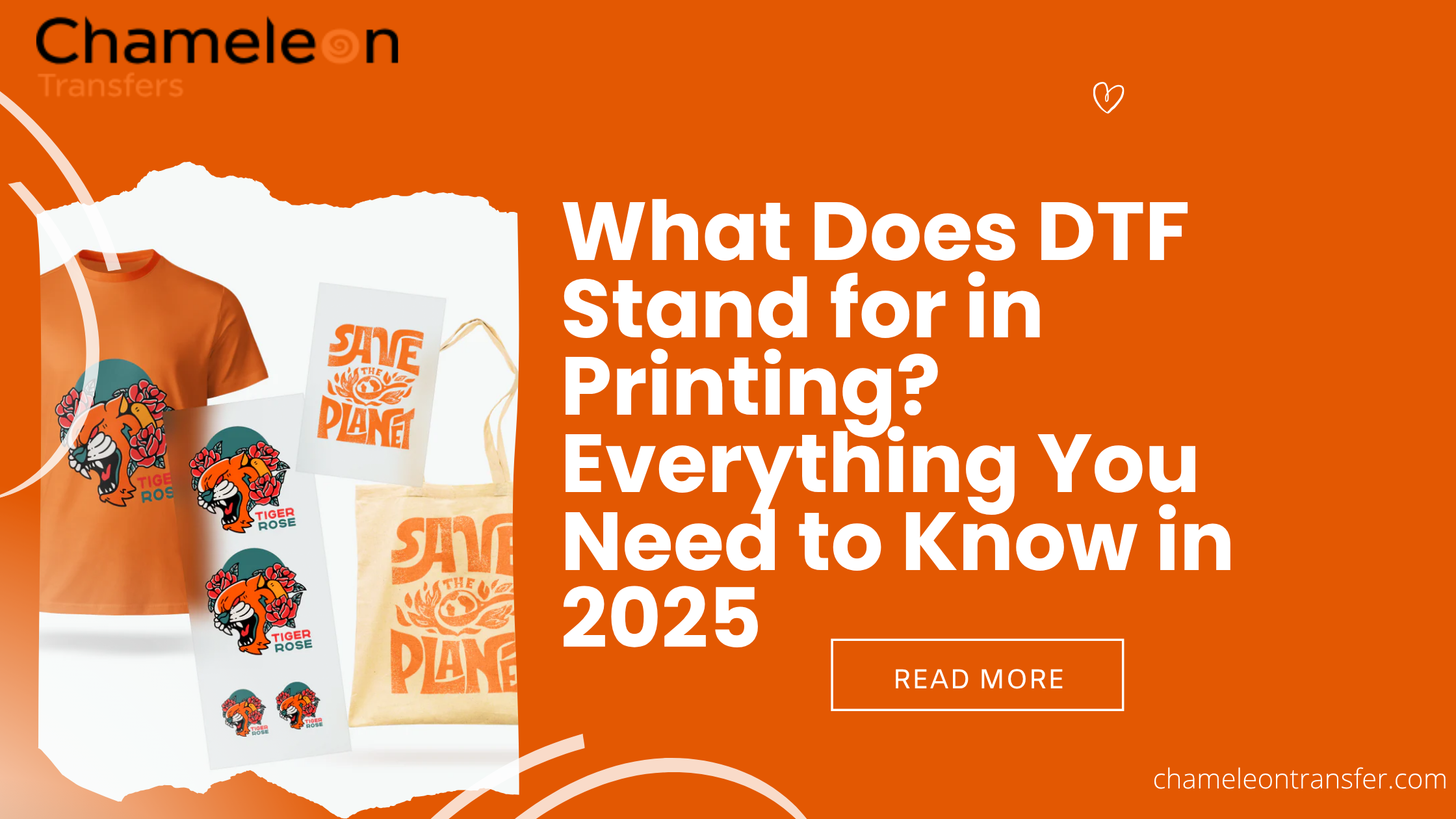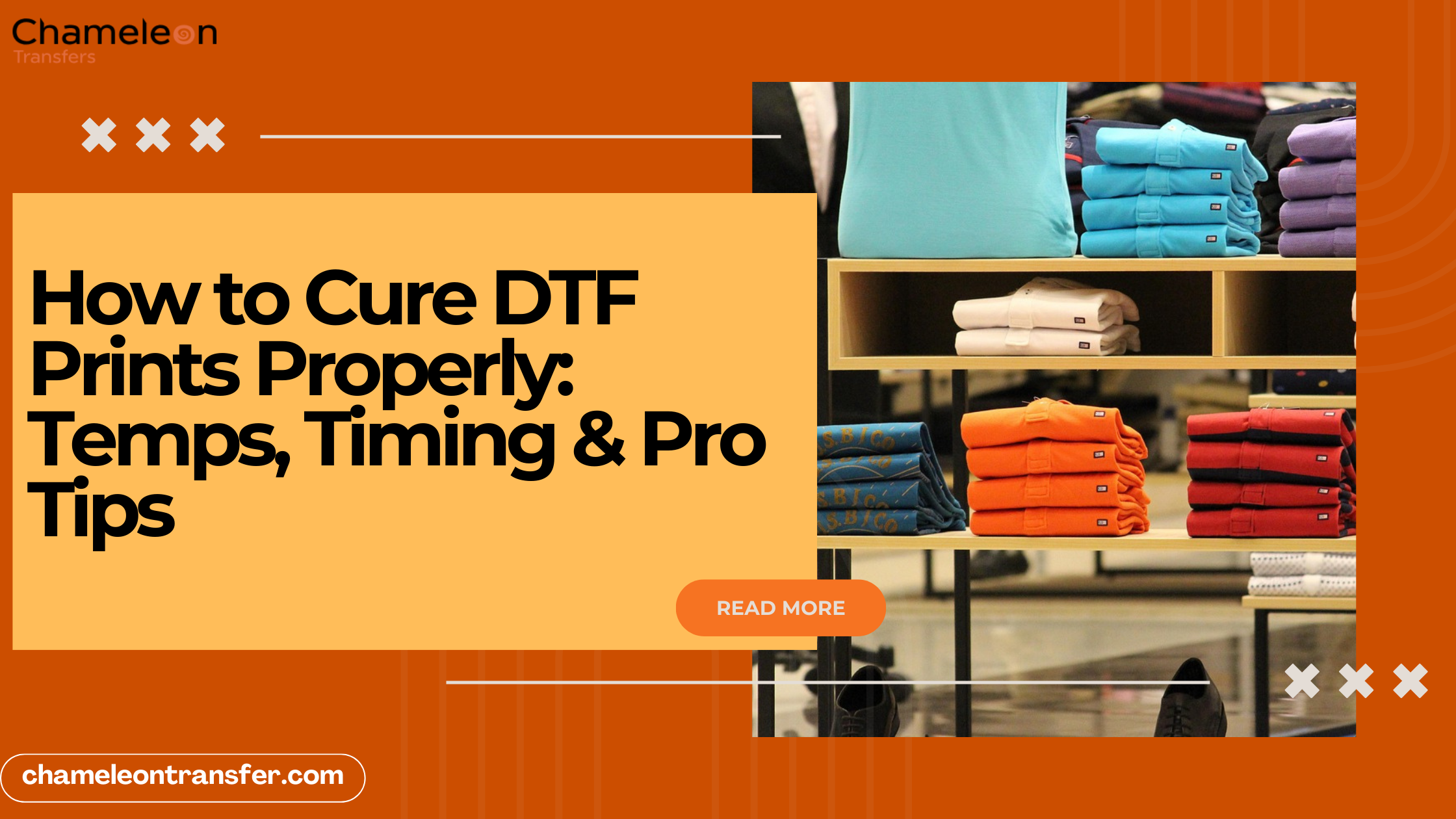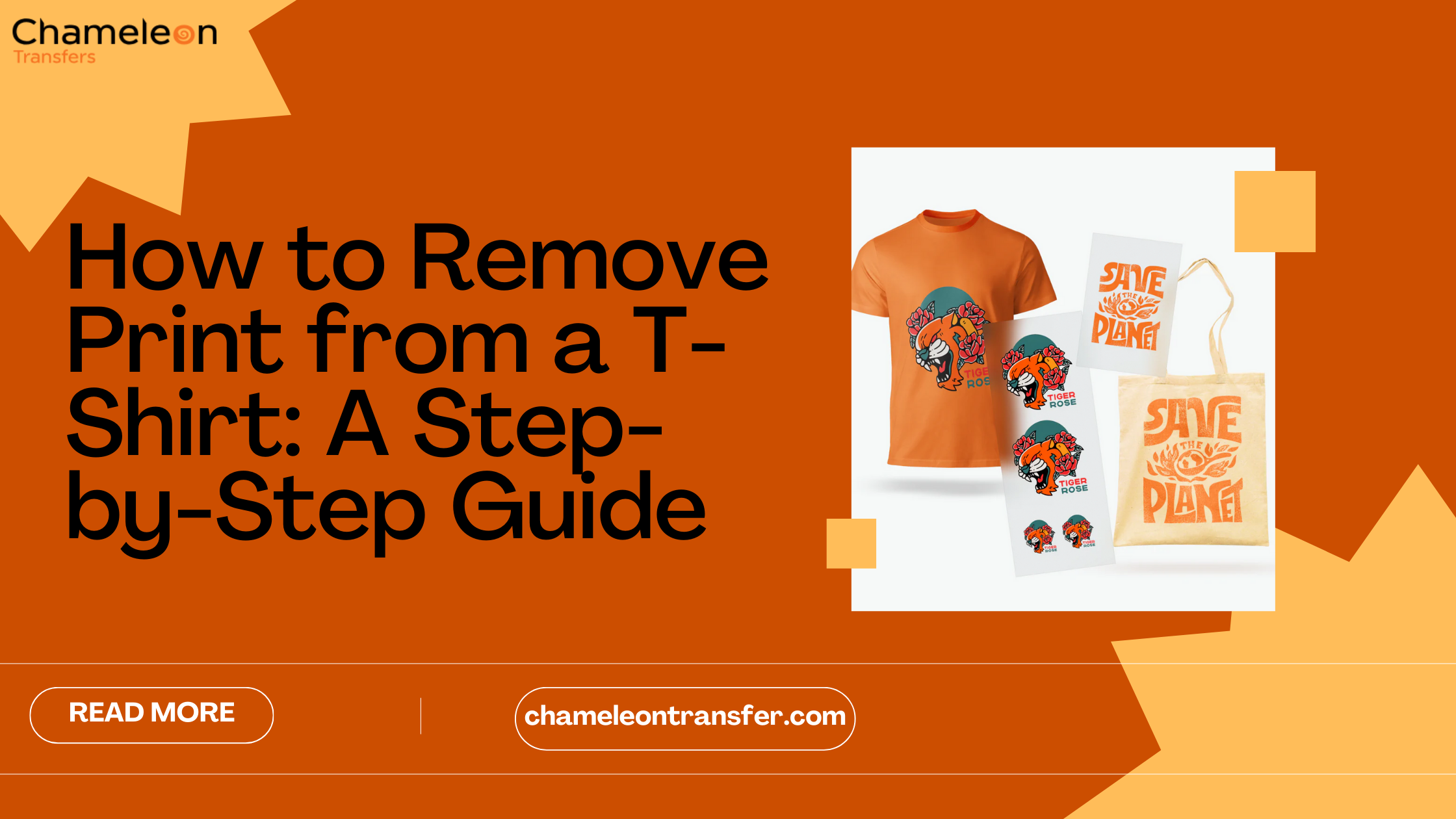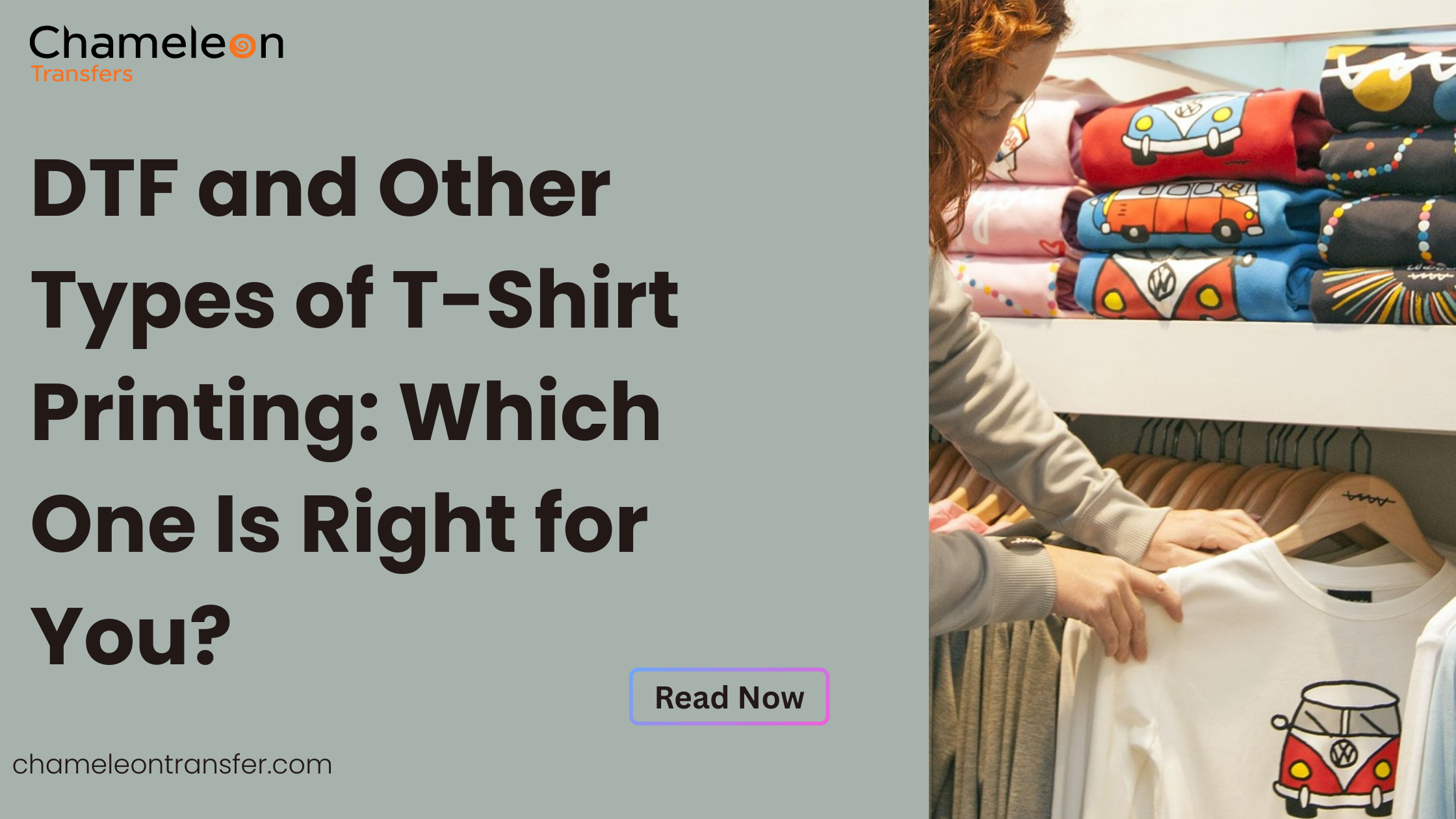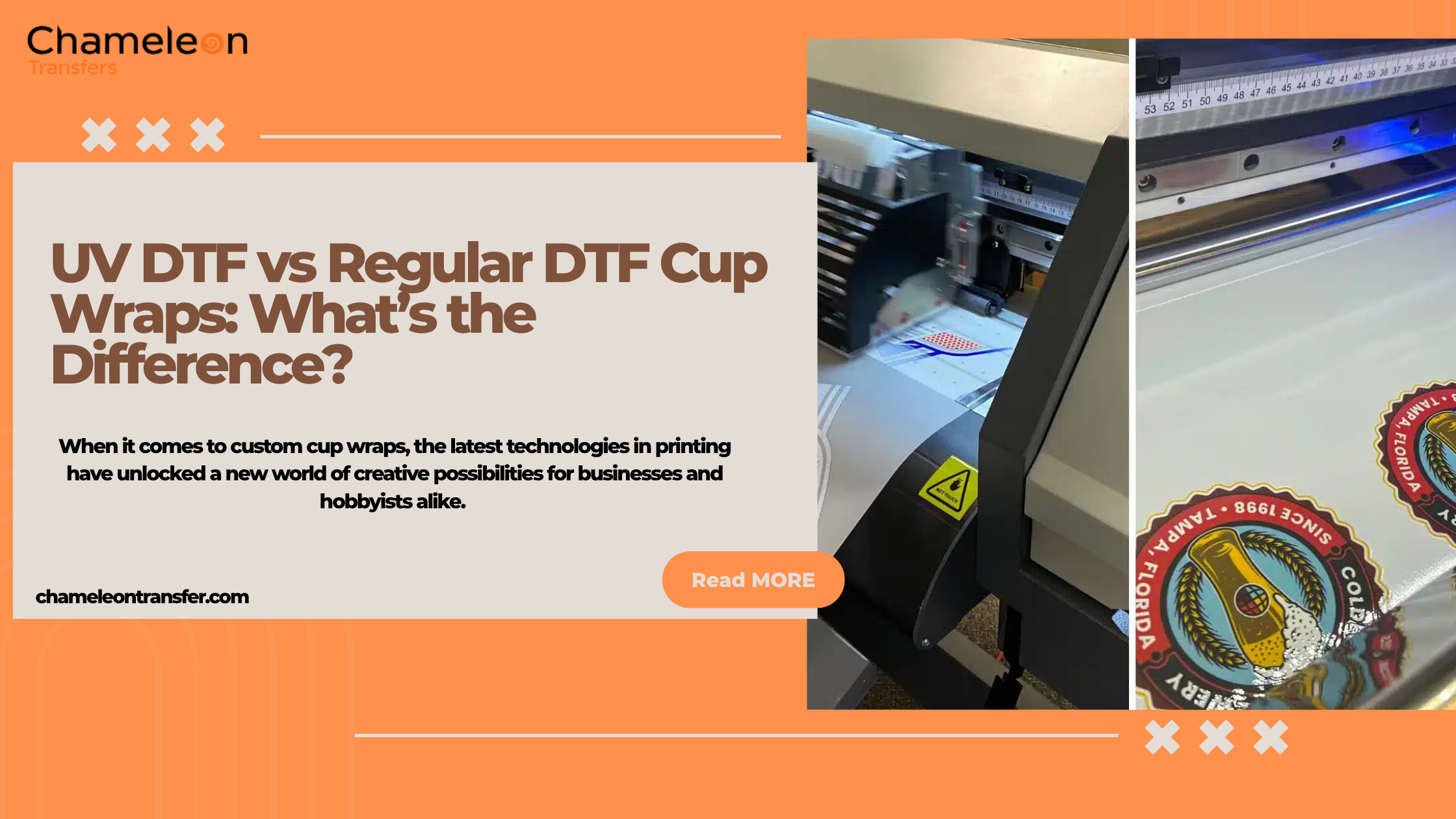If you've dipped your toes into custom apparel or graphic design lately, you've probably stumbled across DTF everywhere. But what does DTF stand for in printing? It's a hot topic in 2025, especially as more small businesses and hobbyists jump into on-demand printing.
In short, DTF means Direct to Film, a game-changing technique that's making waves for its versatility and ease. Whether you're wondering what is DTF, what is DTF printing, or what DTF is in this context, this guide breaks it all down. We'll cover the basics, the process, comparisons, and tips to help you decide if it's right for your next project.
What is DTF and Why It's Gaining Traction?
Let's start simple. DTF meaning in printing is Direct to Film, where designs are printed onto a special film and then transferred to fabric using heat. Unlike older methods, DTF printing doesn't require pre-treating the material, making it a go-to for beginners and pros alike. In 2025, with supply chains stabilizing post-pandemic, DTF print technology is more accessible than ever, thanks to affordable printers and supplies hitting mainstream retailers.
Curious about what is DTF printing exactly? It's a hybrid of digital and heat transfer printing that shines on everything from cotton tees to polyester bags. What does DTF mean in printing industry? It's revolutionizing how we customize gear, offering vibrant colors and stretchy prints that hold up wash after wash. And yes, does DTF stand for direct to film? Spot on, that's the DTF printing full form you'll see in manuals and forums.
If you're eyeing equipment, what is a DTF printer? It's essentially an inkjet setup modified for pigment inks and film, often paired with a heat press. The DTF printer meaning comes down to a machine that handles the direct printing step before the transfer magic happens. No wonder searches for what kind of printer is used for DTF are spiking this year.
How DTF Printing Works: A Step-by-Step Breakdown

Ever wondered how DTF printing works or why is it called DTF printing? The name comes from printing directly onto a PET film coated with adhesive powder, then curing it into a transferable sheet. It's efficient and forgiving, perfect for small runs.
The DTF printing process, or DTF step by step if you prefer, is straightforward. First, design your graphic in software like Photoshop. Then, mirror it and print onto DTF transfer paper (that's the film) using a DTF printer. Apply white ink as a base for opacity, followed by CMYK colors. Next, sprinkle adhesive powder and shake off excess, think of it like glitter crafts, but pro-level.
Cure the print in an oven or conveyor dryer at around 300°F for 2-3 minutes. This melts the powder into a sticky layer. Peel the backing, position on your fabric (like for DTF printed shirts), and press with heat at 320°F for 10-15 seconds. Peel while hot, and voila, your design bonds seamlessly.
For the nitty-gritty, the DTF printing method explained highlights the DTF heat transfer process. It's all about that powder adhesion, creating a flexible, durable bond. How does DTF printing work on tricky fabrics? The film acts as a carrier, so is DTF printing good for fabric like nylon or leather? Absolutely, as long as you match temps to the material.
And where is DTF printing used? Everywhere, from streetwear brands to event merch. In 2025, it's big in e-commerce for quick-turnaround DTF print transfers, letting sellers ship custom orders worldwide without huge setups.
DTF Transfers: The Heart of the Method
Shifting gears to what is DTF transfer? These are the ready-to-press sheets that make customization a breeze. What is a DTF transfer in plain terms? A printed film with adhesive backing that you heat onto garments. What is DTF transfer in shirts printing? It's the secret sauce for bold, full-color logos that don't fade.
DTF transfer printing edges out traditional transfers because it skips vinyl cutting, and designs flow naturally. How do DTF transfers work? Heat activates the adhesive, fusing the ink to fibers for a soft hand feel. No cracking here; do DTF prints crack or peel? Rarely, if pressed right. They're built for 50+ washes, so how long does DTF print last? Years, with proper care like inside-out laundering.
For supplies, DTF print materials include pigment inks, films, and powders. Film transfers are the star, but quality varies; opt for Oeko-Tex certified ones for skin-safe prints. How to print DTF at home? Start small with a converted Epson printer; tutorials abound on YouTube.
Read more blog: What Do I Need to Print T-Shirts at Home? A Beginner’s Guide with Practical Tips
DTF vs. Other Printing Methods: Which Wins?
Comparisons are key when choosing tech. DTF vs screen printing? Screens are great for bulk (think 500+ shirts) with crisp edges, but they're messy and setup-heavy. DTF wins for low volumes and photorealistic designs, no screens needed.
DTF vs sublimation printing? Sublimation dyes into poly fabrics for all-over prints, but skips cotton. Is DTF better than sublimation? Depends, if you're doing 100% cotton, yes. Which is better, DTF or sublimation? DTF for versatility; sub for vibrant poly gear. Benefits of DTF printing include no pre-treatment and multi-fabric compatibility, like can DTF printing be used on cotton? Heck yes, unlike sub.
Then there's what’s the difference between DTF and DTG? DTG (Direct to Garment) sprays ink straight on fabric, soft but needs pretreatment, and dries slowly. Which is better DTF or DTG? DTF for darker fabrics and speed; DTG for super-soft feels on lights.
Don't forget the DTF vs vinyl printing meaning. Vinyl's heat-cut for simple shapes, rigid on stretchy clothes. DTF offers full-color gradients without the stiffness.
Benefits, Tips, and What to Watch For

Diving into the benefits of DTF printing, it's cost-effective for startups, under $1 per transfer once geared up. Prints stretch with the fabric, ideal for activewear. Plus, direct-to-film printing handles intricate details like gradients that stump other methods.
What is direct-to-film printing in action? It's forgiving for color pops on black tees, where DTG might ghost. What is a DTF beyond printers? The whole ecosystem, from design to press.
Tips: Test presses on scraps to nail temps. For dtf meaning printing, remember it's not just shirts, dtf print transfers jazz up mugs too. Watch for over-pressing, which can scorch.
In eco-conscious 2025, seek water-based inks to green your setup.
Final Thoughts
Wrapping up, what does DTF mean in printing? It's your ticket to vibrant, durable custom prints without the hassle. Whether you're a side-hustler or shop owner, DTF delivers flexibility that's hard to beat.
Ready to try? Head over to Chameleon Transfers for top-notch DTF transfer paper, printers, and kits. They've got everything to launch your prints in no time. What's your first design gonna be?
FAQs
Q. Does DTF print last long?
Yes, quality DTF prints can withstand 50+ washes without significant fading, cracking, or peeling when cared for properly, like washing inside out in cold water.
Q. Which is better DTF or sublimation?
It depends on your fabric: DTF excels on cotton and blends for full-color designs, while sublimation is unbeatable for all-over poly prints. Go DTF for versatility.
Q. Can you print DTF with a regular printer?
Not really, a standard inkjet won't handle the pigment inks or films needed. You'll want a modified DTF printer for best results, though conversions are popular.
Q. Which is better DTF or DTG?
DTF is often better for dark fabrics, small runs, and no-pretreat ease; DTG shines for soft, breathable prints on light colors. Choose based on volume and material.
Q. What does dtf stand for in texting?
It's in creative chats; it might nod to Direct to Film printing. Double-check the convo.
Q. What does uv dtf stand for?
UV DTF stands for Ultraviolet Direct to Film, a variant using UV-curable inks for shiny, durable prints on hard surfaces like tumblers.
Read more related blog:
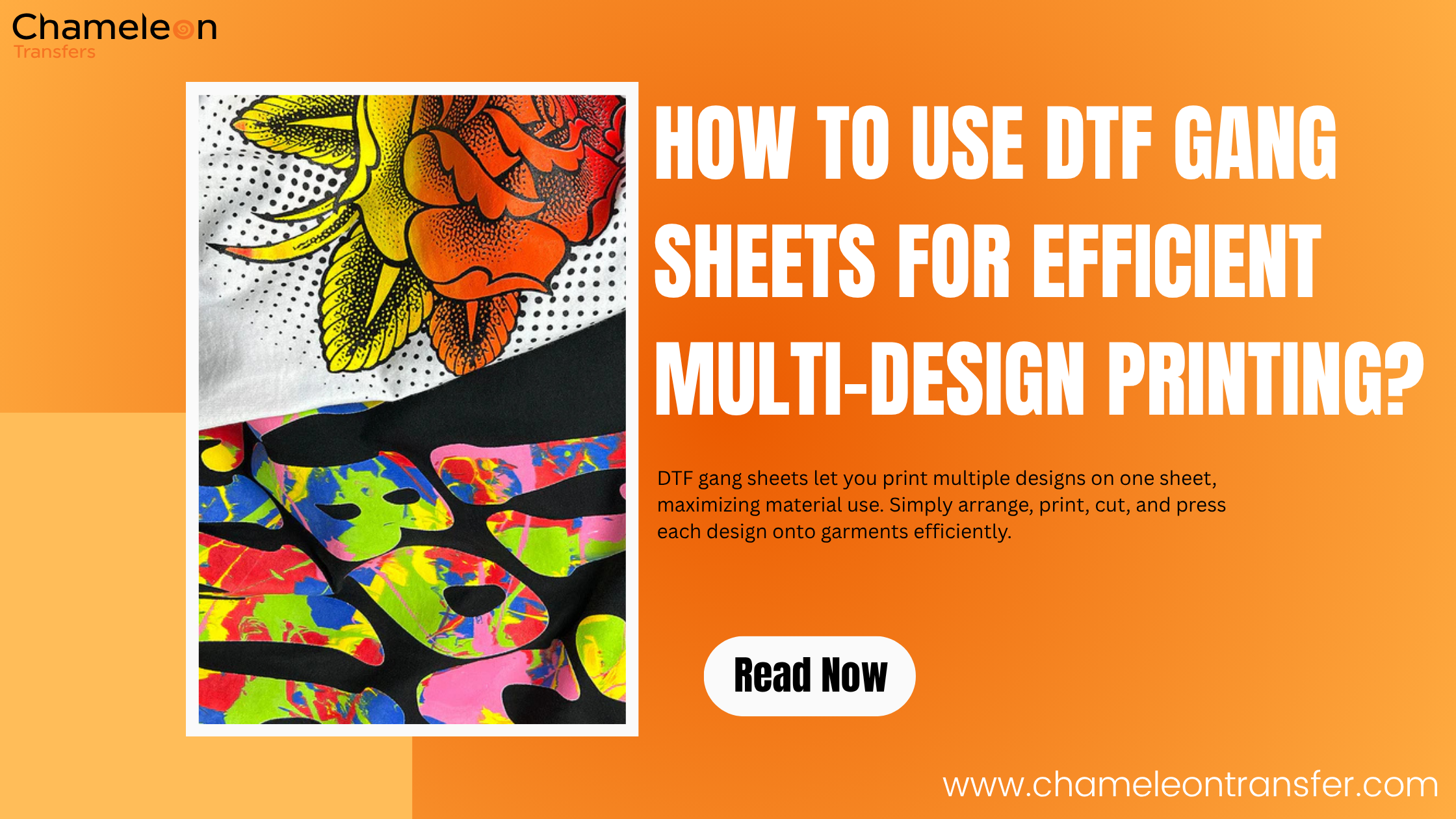
How to Use DTF Gang Sheets for Efficient Multi-Design Printing?
